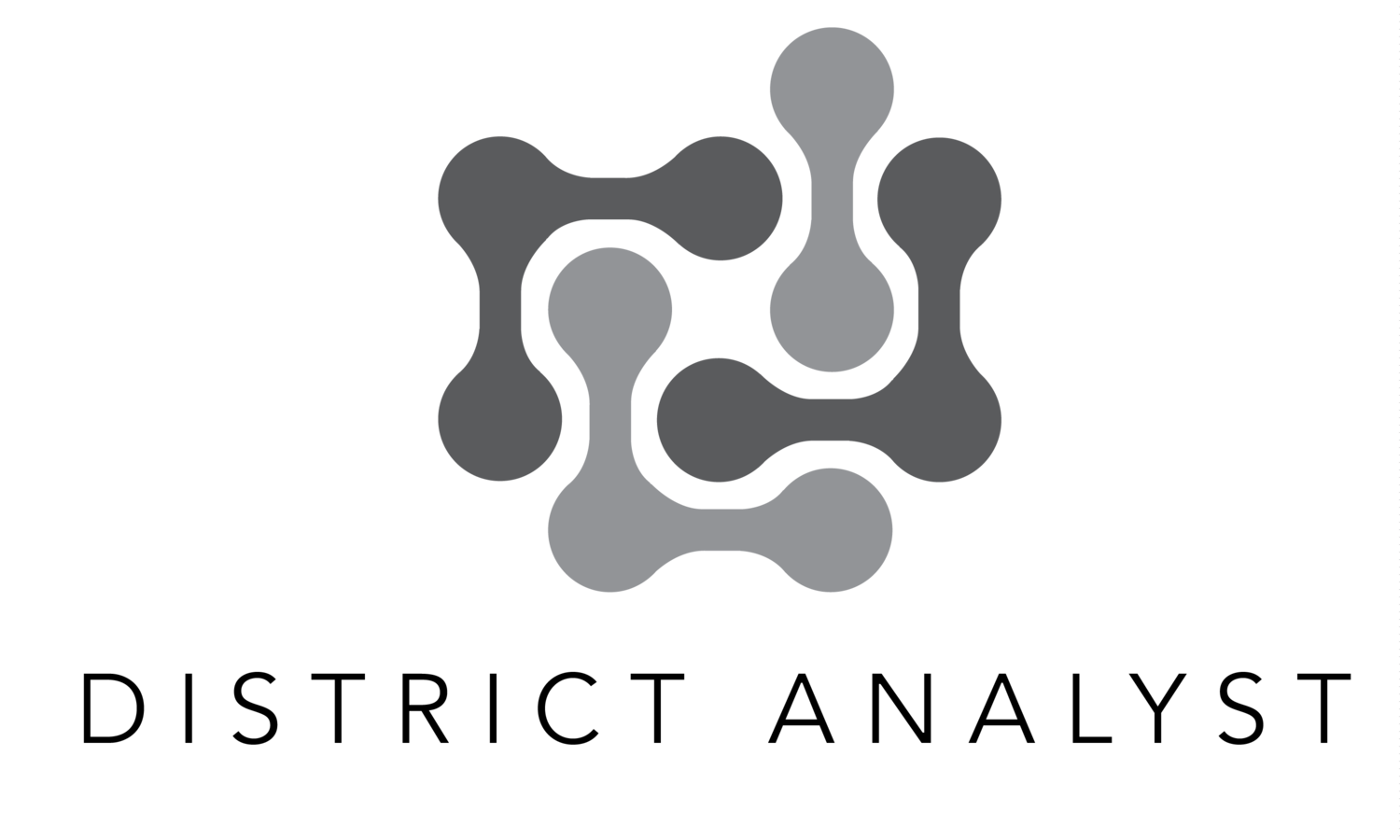The True Cost of Acquiring Customers: Why CAC Is a Metric You Can’t Ignore
In the fast-paced world of business, understanding the cost of acquiring a new customer is vital for any company’s long-term profitability. That’s where Customer Acquisition Cost (CAC) comes in—a crucial metric for any business looking to grow sustainably.
What is Customer Acquisition Cost (CAC)?
Customer Acquisition Cost (CAC) refers to the total expenses incurred in acquiring a new customer. It includes all the expenses related to marketing, sales, and any other costs incurred in converting a lead into a paying customer.
The formula for calculating CAC is simple: CAC = Total Sales and Marketing Expenses / Number of New Customers Acquired
For example, if you spend $50,000 on marketing and sales efforts in a given period and acquire 500 new customers, your CAC would be $100.
Why CAC Matters
Understanding CAC is critical for a few reasons:
Helps Measure Profitability: If it costs you more to acquire a customer than that customer brings in through their lifetime (via their repeat business), your business is in trouble. CAC is the key to understanding whether your sales and marketing investments are generating a healthy return.
Influences Business Strategy: CAC is closely tied to your lifetime value (LTV). If you know your CAC, you can estimate how much you can afford to spend on customer acquisition while still maintaining profitability. Businesses that grow too quickly without tracking CAC can burn through capital fast if their customer retention rate doesn’t match up.
Shows Marketing and Sales Efficiency: High CAC indicates inefficiencies in your sales or marketing processes. Whether it’s poor targeting, too many touchpoints, or ineffective advertising, understanding CAC can help you pinpoint where you’re losing resources and how to optimize the process.
How to Calculate CAC
To calculate CAC accurately, businesses need to account for all the costs involved in attracting and converting new customers. These might include:
Marketing Expenses: Ad spend, content creation, events, campaigns, SEO costs, and social media promotions.
Sales Expenses: Salaries of sales teams, commissions, and any sales software tools or training.
Customer Success and Support: Costs of onboarding and assisting new customers after the sale.
Example:
If your company spends $100,000 on marketing and sales efforts in one quarter and acquires 1,000 new customers, your CAC for that period is $100.
Why High CAC Can Be Dangerous
A high CAC can be a significant red flag. It could indicate that your marketing campaigns are not resonating with your target audience or that your sales process is inefficient. Additionally, if it takes longer for a customer to repay their acquisition cost, it can strain cash flow and negatively impact your bottom line.
A key thing to watch is the payback period—how long it takes for a customer’s revenue to cover their acquisition cost. If your CAC payback period is too long, it can hinder cash flow and growth.
How to Reduce Your CAC
Reducing CAC doesn’t mean cutting back on marketing or sales efforts; it means becoming more efficient and strategic. Here are a few ways to lower CAC:
Optimize Your Sales Funnel: Streamline the process of converting leads into customers. Identify bottlenecks and eliminate unnecessary steps. A shorter, more efficient sales process directly reduces CAC.
Refine Your Targeting: Better targeting means higher conversion rates. By focusing your marketing efforts on the right audience, you can lower your CAC significantly. This is where data-driven marketing strategies come into play.
Improve Customer Retention: If your business can retain more customers for a longer period, it reduces the need to constantly spend on acquiring new ones. Retention is a highly cost-effective way to grow.
Leverage Referral Programs: Word-of-mouth marketing and referral programs are some of the most cost-effective ways to reduce CAC. Happy customers referring others to your business can significantly reduce the cost of acquisition.
Content Marketing & SEO: Instead of relying solely on paid ads, organic content and SEO strategies can help attract more qualified leads at a lower cost.
The Link Between CAC and Lifetime Value (LTV)
One of the most important relationships in your business is the one between CAC and LTV. Ideally, you want your LTV to be at least three times your CAC. This means you’re acquiring customers at a cost that’s significantly lower than the revenue they will generate over the course of their relationship with your business.
For example, if your CAC is $100, you should aim for an LTV of $300 to ensure your acquisition strategy is healthy and sustainable.
Final Thought: Monitoring and Optimizing CAC for Sustainable Growth
Customer Acquisition Cost is a fundamental metric for any growing business. It not only helps you understand the efficiency of your sales and marketing strategies but also guides the overall growth and sustainability of your business. Keeping CAC under control and optimizing it through better targeting, improved sales processes, and customer retention efforts can position your business for long-term success.
By monitoring CAC and ensuring it aligns with the lifetime value of your customers, you’ll make more informed, strategic decisions that support growth and profitability.
